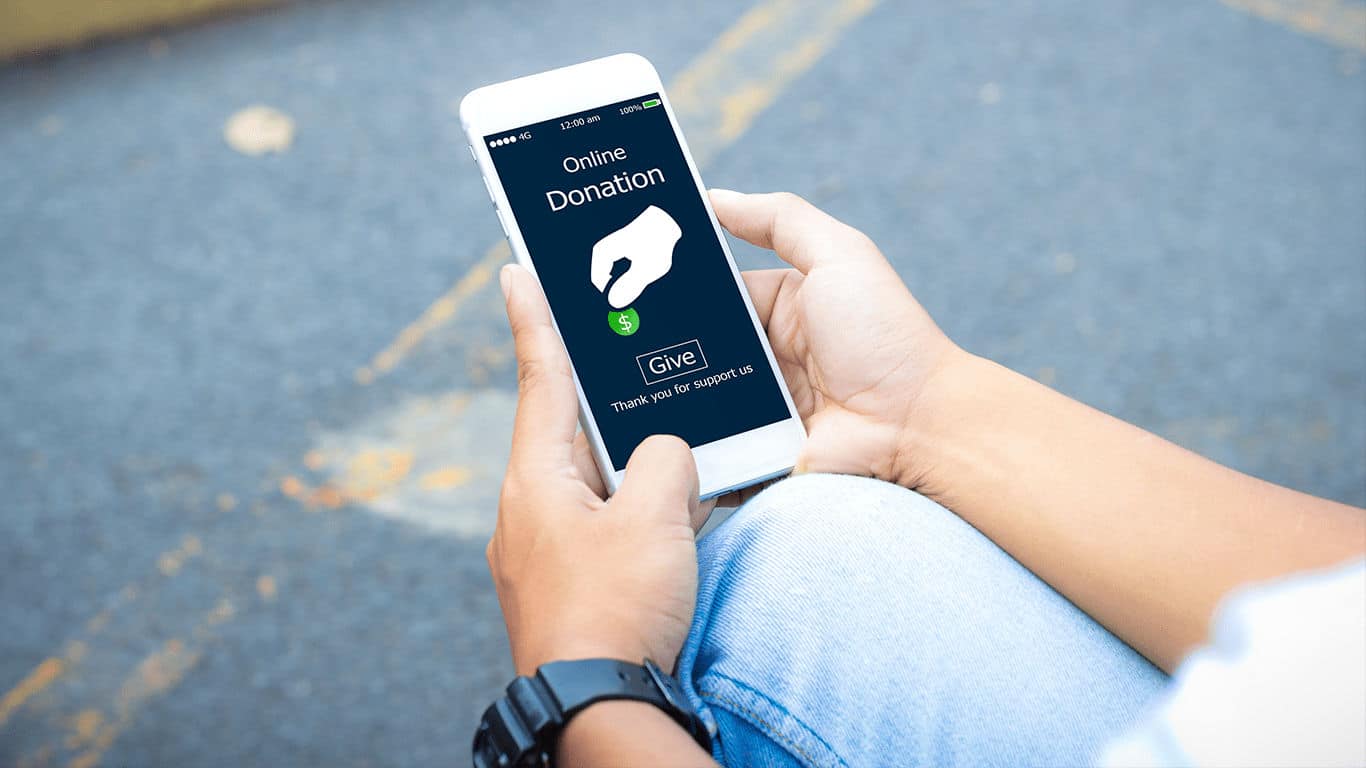In northern Scandinavia, there is a saying, “Many small streams form a river in the end”. This saying could apply to many different situations, it seems especially relevant in the world of micro-donations.
While regular givers rightly are the focus for any good donation strategy, micro-donations can be an effective on-ramp for supporters. They appeal to people with smaller disposable income, as well as the younger generation who are often more cautious in giving to organisations.
These groups, however, are still passionate and very motivated. They can also bring in a steady revenue stream outside of the regular funnel services.
Millennials have started overtaking the baby boomers as the largest demographic in the US and more countries will follow. It is therefore important to future proof the ways to donate for the rising demographic of millennials.
The concept of micro-donations is forming small streams, usually from 50 cents to 10 dollars, that add up to a larger source of pooled revenue. They could be a potential disrupter in the not-for-profit space but have traditionally been hindered by expensive transaction fees and cumbersome donation processes. However, with the breakthrough of payment technology for online payments and the use of mobile technology it is a concept worth revisiting.
With smaller donations come smaller tangible targets. The movement Share the Meal, which is an initiative of the United Nations World Food Program, have developed a mobile application that allows a user to make a micro-donation towards meals for children. A single meal costs as little as US$0.50 which a user can choose to support or they can put in more money for more meals. However, the concept of giving the user an easy way of donating to a tangible outcome through a micro-donation is very much the core of the initiative.
Millennials as a group are familiar with the concept of micro-payments. Thanks to the continued use of mobile devices and technology, micro-payments have been in use by apps and SAAS platform providers for quite some time and have proven the ability to build reliable revenue streams of this nature. Activision Blizzard, one of the gaming industry’s largest design studios and game publishers, reported that in 2018, half of their $7+billion dollar revenue stream came from micro-transactions (ranging from around $1-25).
Similarly, Electronic Arts (makers of games like FIFA) also made close to $1 billion through in-game micro-transactions alone.
With access to a generation of new donors who are already familiar with making small transactions, not-for-profit organisations should explore micro-donations. This type of engagement has the possibility to build a new supporter base.
Challenges around the tax deductibility of donations under $2 remain and many payment gateways still charge transaction fees that make this type of donation difficult if not impossible. Times are changing, however, and newer more progressive payment gateways will increasingly enable micro-donations.
With that in mind, this is a space for all fundraisers to be watching and learning about.
At Marlin we embrace disruptive technologies that improve the ability for marketers and fundraisers to tell stories and raise money for their cause.
Whilst micro-donations are far from being part of mainstream fundraising strategies, progressive organisations can and should explore the technologies enabling micro-donations and strategies for incorporating this type of giving into their plans.
If you want to know more about the technologies driving micro-donations then reach out and let’s work together to get micro-donations into your broader fundraising strategy.
Photo by Thomas R. Eudaly


